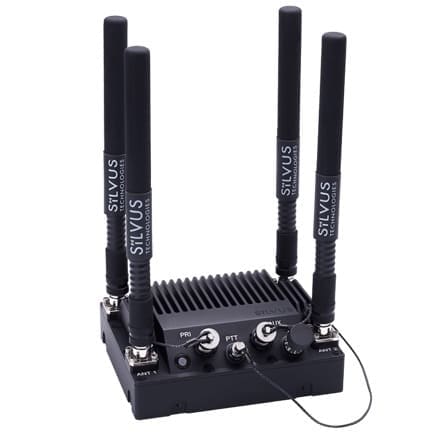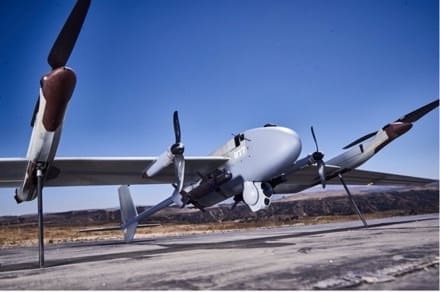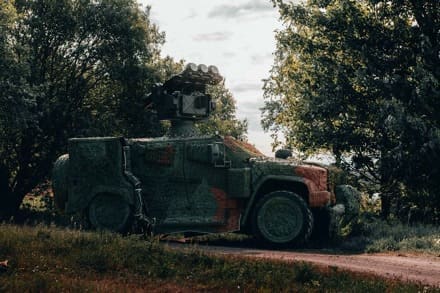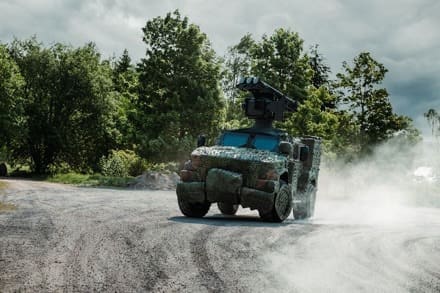From February 23 to 25, 2026, Enforce Tac, under the patronage of Federal Chancellor Friedrich Merz, will bring together leading representatives and users from politics, the military, police, and security authorities with over 1,000 exhibitors on more than 60,000 square meters in Nuremberg. Under the theme of “Networked Security,” the restricted-access leading trade fair offers a protected environment for the exchange of innovative solutions and shared responsibility for Europe’s security.
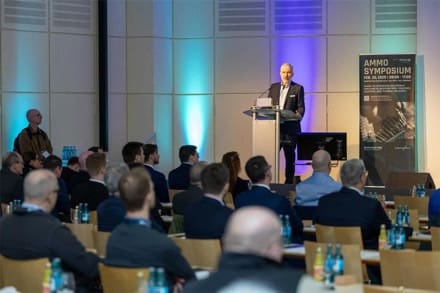
Leading representatives of governments, military forces, law enforcement agencies, and security services will come together with business leaders at Enforce Tac 2026, to be held under the honorary sponsorship of German Federal Chancellor Friedrich Merz in Nuremberg, Germany, from 23 to 25 February 2026. In the spirit of the central theme “Networked Security”, the entry-restricted trade fair will provide a protected space where the participants can discuss innovative solutions and shared responsibility for Europe’s security. With more than 1,000 international exhibitors spread across seven exhibition halls covering more than 60,000 square meters of space, the leading German exhibition for Europe’s security and defence is the central platform for security-relevant technologies and strategic dialogue. The new event director Jasmin Rutka stresses the importance of this trade fair as a key driver of dialogue on the subject of European security.
Focus on networked security
The central theme of “Networked Security” is emblematic of the trade fair’s new positioning. Enforce Tac has evolved to become an innovative platform for dialogue and collaboration between leading players of the security and defence industry. The goal is to foster partnership-based cooperation and visionary ideas as a means of establishing the kind of trust that is absolutely necessary for developing sustainable, forward-looking security solutions. “Enforce Tac is dedicated to strategic dialogue at the highest levels of government and industry. Our goal is to create a platform that fosters innovation and supports dialogue between all security-relevant players, from users of tactical systems and equipment to top-level decision-makers”, Jasmin Rutka explained.
Diverse supporting programme to disseminate new ideas
Enforce Tac’s role as the central European platform for security-relevant topics is underscored by the high-quality supporting programme and exclusive formats described below.
Enforce Tac Conference: Key technologies in the bosom of European solidarity
For the first time ever, the trade fair will be accompanied by a top-quality conference devoted to the future of security electronics. The innovation potential of the electronics industry is the backbone of modern security and defence technologies. The Enforce Tac Conference is an exclusive platform for interdisciplinary exchanges on the subject of current developments and technology trends. Experts from industrial enterprises, research institutions, and government agencies will discuss trailblazing solutions in fields such as the development of components and sub-systems, sensors, communication technology, and other key technologies that will shape Europe’s security infrastructure for decades to come.
Learn more about Enforce Tac here.
Ammo Symposium: Strategies for resilient ammunition supply
The initiative of Enforce Tac and RWS GmbH will again organize an exclusive forum for security policy discussions on the future of ammunition production and procurement in 2026. In view of the existing geopolitical tensions and growing needs, the symposium will focus on innovative approaches to guaranteeing a resilient supply of ammunition, with the goal of ensuring permanently stable and reliable supply chains for Europe and NATO. “Innovation is the key to a more secure future of ammunition production. To meet the rising requirements, we need to rethink technology, quality, and speed of production”, said Dirk Prehn, General Manager of RWS GmbH. Leading international experts and decision makers from governments, military forces, and manufacturers will discuss the current geostrategic developments, planning considerations, and cross-border cooperation models to ensure strategic autonomy and supply security.
Interested persons need to register for this event.
Armored Forces Area: Tactical equipment in the service of European security
This special exhibition will present military equipment, cutting-edge vehicles, large-format weapons systems, and deployment-relevant technologies. It will provide unique insights into the latest developments in military technology and create a unique space conducive to targeted discussions of innovative mission solutions. It will be attended by key industry players such as Rheinmetall, KNDS, and Diehl Defence, which will present their latest systems and concepts for tactical deployments in the European security context.
Enforce Tac Village: Networked technology in action
Visitors will have the chance to experience live demonstrations put on by leading manufacturers in a new location, the Frankenhalle. By staging realistic scenarios, manufacturers will provide a first-hand look at how their technologies can be used in complex operational environments to strengthen networked security. The Frankenhalle is a new, generously sized stage for the live demonstrations and realistic tactical scenarios of Enforce Tac Village 2026. Leading manufacturers will demonstrate their communication, reconnaissance, and tactical mobility systems in action under realistic conditions. This format creates added value that can be found nowhere else. Technologies will be demonstrated in coordinated joint use. Operational readiness can be assessed first-hand, creating an ideal opportunity for purposeful dialogue between users and developers. Thus, Enforce Tac Village will serve as a central hub combining innovation, realistic use scenarios, and networked security.
German-Nordic Defence Dialogue: Partnership for European resilience
A special highlight of Enforce Tac 2026 will be the German-Nordic Defence Industry Dialogue. This initiative brings together leading representatives of the German and Nordic defence industries, government ministries, and research institutions to discuss joint strategies for developing faster and more effective military capabilities. It will be an ideal occasion for in-depth discussions of security policy, efforts to promote technology cooperation arrangements, and the accelerated implementation of innovative solutions with the goal of permanently strengthening Europe’s defence capabilities and making targeted use of synergies in northern Europe.
International Startup Area: Innovation for tomorrow’s security and defence
The International Startup Area at Enforce Tac 2026 will serve as an exclusive stage for startups to present their security and defence technology innovations. It will enable international startups to pitch their trailblazing solutions to a high-ranking trade audience and engage in targeted networking with manufacturers, government ministries, and research institutions. The goal of this initiative is to increase the visibility of highly promising innovations, promote cooperation arrangements, and give a boost to the development of European security structures. This event will be complemented by the Innovation Stage, a special programme format that lends additional visibility and communication possibilities to startups.
Political relevance and European responsibility
The honorary sponsorship role of German Federal Chancellor Friedrich Merz underscores the relevance of Enforce Tac as a platform for critically important dialogue on the subject of security and defence. Enforce Tac 2026 will focus on the protection of Europe and the shared responsibility for coming generations. This leading exhibition for law enforcement and defence fosters international dialogue and creates trust in innovative security solutions. Having repositioned itself as the European central platform for dialogue-oriented security and progress, Enforce Tac is the perfect venue for high-level representatives of governments, military forces, law enforcement agencies, and security services to actively shape the future of the European security landscape together.
www.enforcetac.com/en/programme
